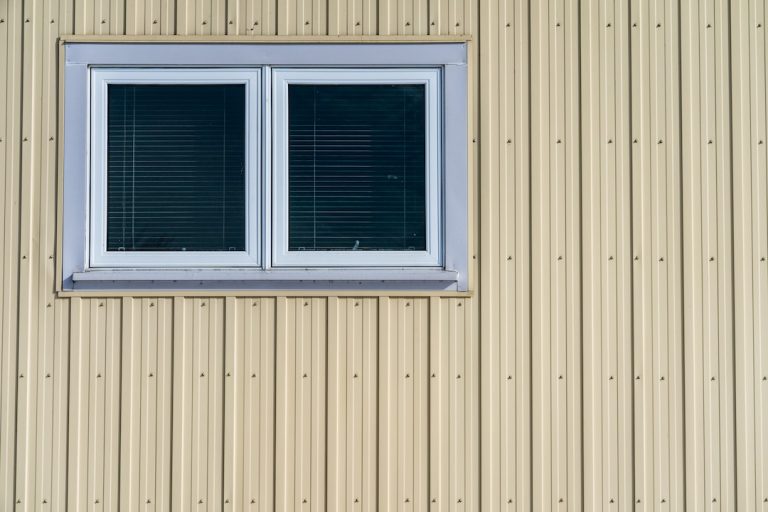What would you do if you noticed water bubbles in your siding? Do you know what causes them, why they harm your house, and how to keep them from happening?
Before a small water bubble becomes a full-blown water damage siding, it’s critical for you, as a homeowner, to keep an eye out for the signs.
Identify the causes of the effects early enough. This will help you prevent the issue from ever coming to fruition.
Do you want to prevent damage to your siding, health, and those around you? Keep reading below to find out what tips can help you to prevent water damage to your siding today.
1. Regularly Inspect and Maintain Your Siding
Regularly inspecting and maintaining your siding is the foundational step in preventing flood damage when living in flood zone x. You may also wonder, “Is flood zone x good or bad?” That would depend on your point of view, but be prepared by conducting regular inspections.
This allows homeowners to catch any issues early before they escalate. These are usually cracks, peeling paint, or deteriorating joints you can see on the siding.
These vulnerabilities in the siding are prime entry points for water. By addressing problems promptly, homeowners can maintain the structural integrity of their siding, preventing mold. It prolongs its lifespan and avoids expensive repairs.
2. Ensure Proper Drainage
Gutters and downspouts help channel rainwater away from your home’s exterior. When they are clogged or not functioning, water can overflow and accumulate near the foundation. This increases the risk of water seeping into the siding.
This proactive approach safeguards your siding, as well as your foundation. This also prevents costly water-related issues.
3. Seal Gaps and Cracks
Even the smallest openings can allow moisture to infiltrate. This potentially causes extensive harm over time.
Use a high-quality exterior caulk or sealant to seal these vulnerable points. It can create a robust barrier against water intrusion. Promptly addressing and resealing any gaps or cracks ensures that your siding remains water-resistant.
4. Install Proper Flashing
Proper flashing installation is a pivotal safeguard against water damage. Flashing, made of metal or waterproof materials, is placed at vulnerable intersections where siding meets other surfaces like windows, doors, and rooflines. It acts as a barrier, diverting water away from these sensitive areas.
When flashing is correctly installed and maintained, it prevents water from infiltrating behind the siding and causing structural issues or mold growth. Damaged or improperly installed flashing can compromise the integrity of your siding.
5. Choose Siding Materials Wisely
When selecting or replacing siding, consider materials resistant to water damage. Vinyl, fiber cement, and engineered wood siding are popular for their durability and water-resistant properties. Properly installed and maintained siding materials can go a long way in safeguarding your home’s exterior.
Prevent Water Damage Siding Today
Protecting your home siding from water damage is crucial to maintaining its integrity and appearance. By implementing these homeowner tips, including proper maintenance, inspection, and taking preventative measures, you can prevent costly water damage siding from occurring.
So don’t wait. Take action now and safeguard your siding today!
Find home improvement tips and advice on this site. Be sure to check the blog for the latest updates.
HussaiN is a full-time professional blogger from India. He is passionate about content writing, tech enthusiasts, and computer technologies. Apart from content writing on the internet, he likes reading various tech magazines and several other blogs on the internet. Email ID: arrowtricks.pvt@gmail.com


0 Comments